The images for this week’s listicle feature stories from the famous author of Humans of New York. These are real-life stories of people struggling with the adverse circumstances of poverty and homelessness.

“What was the saddest moment of your life?”
“Probably when I was homeless for a few months.”
“What happened?”
“This city can really chew you up and spit you out. People don’t seem to realize that a lot of the homeless people they pass on the street had homes the week before. (Humans of NY Facebook, July 26, 2013)
“Unless we are willing to say that every other person is lazy, or six out of ten are unmotivated, we must seriously consider the possibility that most poverty is not grounded in personal attitudes or culture, but rather in circumstances often out of the control of those affected” (DiNitto & Mcnee, 2008, 301).
“In 2005, 37 million Americans, nearly 13% of the U.S. population, lived below the federally established poverty threshold” (DiNitto & Mcnee, 2008, 302).
An individual making less than $10,160 a year was considered under the threshold.A family of four is considered poor if the household annual income is less than $19,806 (DiNitto & Mcnee, 2008, 301).
According to the study One Nation, Underprivileged: Why American Poverty Affects Us All: 11% of people at age 20 are poor in America, 36% have lived in poverty for at least a year by age 36, and 51% by age 65 (DiNitto & Mcnee, 2008, 303).
 “One day a crazy looking homeless guy came to the door, and we were about to close the door on him, but my mother saw him and shouted: ‘Hey Eugene!’ She knew his name! Then she ran around the kitchen putting all sorts of food into tupperware, and brought it out to him. After he left, we asked my mom why she gave him so much food. She told us: ‘You never know how Jesus is going to look when he shows up.’ She was always saying that– it was a spiritual thing. Then you know what happened? Two months later, that same man showed up on the door step, clean shaven, and wearing a suit. And he had an envelope with money for my mother. ‘Ms. Rosa always believed in me,’ he said. I’ll never forget it! Eugene was his name.” -April 4, 2014
“One day a crazy looking homeless guy came to the door, and we were about to close the door on him, but my mother saw him and shouted: ‘Hey Eugene!’ She knew his name! Then she ran around the kitchen putting all sorts of food into tupperware, and brought it out to him. After he left, we asked my mom why she gave him so much food. She told us: ‘You never know how Jesus is going to look when he shows up.’ She was always saying that– it was a spiritual thing. Then you know what happened? Two months later, that same man showed up on the door step, clean shaven, and wearing a suit. And he had an envelope with money for my mother. ‘Ms. Rosa always believed in me,’ he said. I’ll never forget it! Eugene was his name.” -April 4, 2014
Females are found to be at higher risk for homelessness in all of these age ranges (DiNitto & Mcnee, 2008, 303).
In 2003, the average median income for males with a high school diploma was $23, 502 however females annual average was $15, 545. With a bachelor’s degree, both averages increase. For males, to $42,009; and females to $30,426 (DiNitto & Mcnee, 2008, 298).Still we see a significant income gap between men and women.

“We’ve been in the shelter system ever since their father was murdered. We needed his paycheck to pay the rent. We had no choice. He had a good job at the Pepsi factory. We were engaged at the time, and we were about to move upstate. We were even planning to take a trip to Disney World. But when he died, a part of me died. I went into a depression. Everything was moving around me, but I was at a standstill. I didn’t want to do my hair. I didn’t want to be bothered with the kids. We used to go to the park and play, but after their father was killed, we were homebodies. I just wanted to stay at home and cry.” – Excerpt from Humans of NY, May 2, 2015
Poverty levels are surprisingly somewhat higher in rural areas than urban at 14% versus 12% in rural areas (DiNitto & Mcnee, 2008, 304).
The process required for receiving resources through the Department of Social Services is not easy. We learned this in the class simulation with intense paperwork and also from our guest speaker, Kelly Robertson from Opportunities for Broome Inc. She shared with us that in Broome County, there is a 3-year waiting list for housing programs associated with Opportunities for Broome due to over 2,500 referrals for people in need of utility or post eviction help (Robertson).
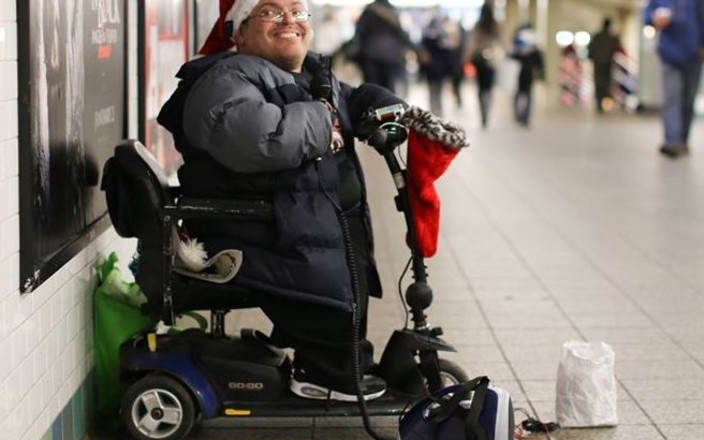
“My mother and I lost our apartment when the landlord raised the rent. She went to live in my aunt’s attic in New Jersey, but there were too many stairs there, so I had to go to the homeless shelter. Most of the people at the shelter have addiction problems and mental issues. I’m living with people that I never thought I’d have to live with. The M35 is the only bus that goes to the shelter. Disabled people are supposed to get on first. But as soon as it gets to the stop, everyone rushes in until it’s full, and the bus driver is too intimidated to say anything. A lot of times it leaves without me.”
The shelter is not always the most comfortable place for people to go. In fact, for some, it can be dangerous. Thus, many people prefer to continue life on the streets. This is observed in the decisions of the protagonist in the book Pitch Black. He compares the shelter to Hell, and instead finds comfort and safety living in the pitch black tunnels of the subways (Landowne & Horton).
There are many unmet healthcare needs for the homeless, unfortunately. Children with a history of foster care are at significant risk as many face “rates of homelessness, unemployment, mental illness, substance abuse, victimization, and lack of health care insurance coverage (Baggett et al., 2010, p.1331).
“Why were you homeless?”
“It just got to a point where my mom couldn’t maintain anymore. The sad part was that it was during high school. So I had to keep it a secret. Cause, you know, it’s high school.” – May 13, 2013
Most importantly, we must be mindful in regards to the challenges that face the homeless, as well as the factors that can cause homelessness. Sometimes the people with the biggest hearts are those with the least… Truly it can happen to anyone. Some causes are beyond the control of others and, therefore, the next time we see someone facing homelessness, we should be less judgmental and more willing to help.

“Homelessness can be very confusing for children, and it comes with a lot of misconceptions. We try to untangle that confusion as soon as they arrive: ‘No, you’re not a bum. You don’t live in a cardboard box. You don’t stink. Mom is not a bad person. She isn’t crazy. This is not forever.’ We want to undo some of the trauma of homelessness because we don’t want children to view themselves as homeless for the rest of their lives.” – Excerpt from Humans of New York, May 2, 2015
If you find these stories inspiring, consider learning more about the organization working with many of the people in this listicle through the link below!
“This is one of a series of portraits featuring residents and staff of the Win Homeless Shelter for Women And Children. In addition to providing programs and services aimed at breaking the cycle of homelessness, Win provides shelter for 4500 people across NYC every night, including 2700 children.” – Brandon Stanton, Author of Humans of NY
DiNitto, D., & McNeece, Carl Aaron. (2008). Social work : Issues and opportunities in a challenging profession (3rd ed.). Chicago, Ill.: Lyceum Books.
Horton, A. (2008). Pitch black : Don’t be skerd (1st ed.). El Paso, TX: Cinco Puntos Press.
Baggett, Travis P., O’Connell, James J., Singer, Daniel E., & Rigotti, Nancy A. (2010). The unmet health care needs of homeless adults: A national study.(RESEARCH AND PRACTICE)(Author abstract). The American Journal of Public Health, 100(7), 1326.














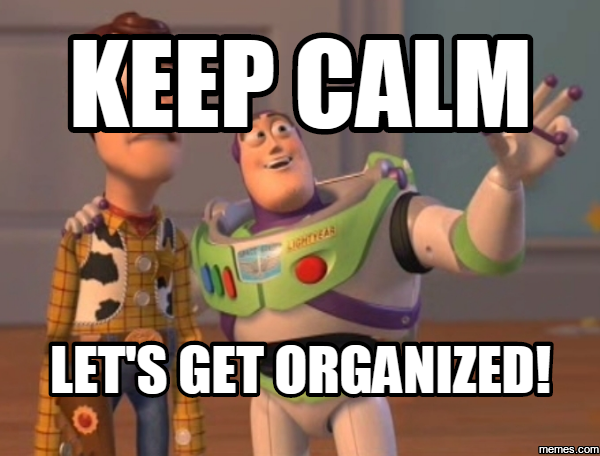







































 “One day a crazy looking homeless guy came to the door, and we were about to close the door on him, but my mother saw him and shouted: ‘Hey Eugene!’ She knew his name! Then she ran around the kitchen putting all sorts of food into tupperware, and brought it out to him. After he left, we asked my mom why she gave him so much food. She told us: ‘You never know how Jesus is going to look when he
“One day a crazy looking homeless guy came to the door, and we were about to close the door on him, but my mother saw him and shouted: ‘Hey Eugene!’ She knew his name! Then she ran around the kitchen putting all sorts of food into tupperware, and brought it out to him. After he left, we asked my mom why she gave him so much food. She told us: ‘You never know how Jesus is going to look when he 



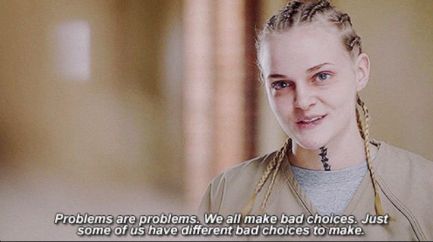
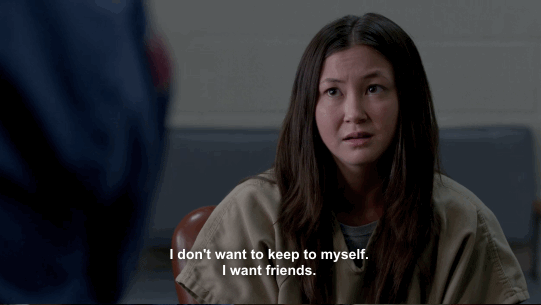





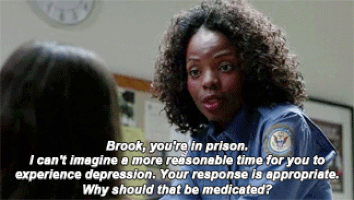


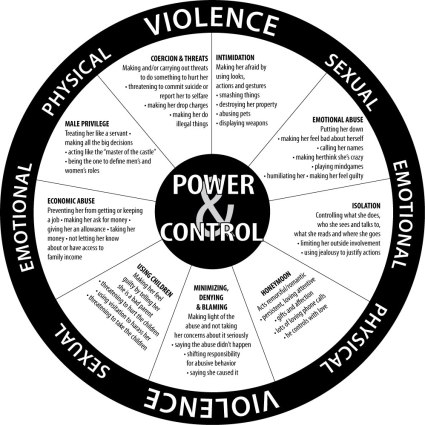 This week’s guest speaker, Carrie Moylan, noted how impactful this power wheel is when showing it to victims of IPV. Many do not recognize that they are a part of a system of abuse. Instead they consider the acts of their partner to be normal, or ways in which their partner grieves. There are many different forms of abuse, and no one deserves to endure any of them (Carrie Moylan).
This week’s guest speaker, Carrie Moylan, noted how impactful this power wheel is when showing it to victims of IPV. Many do not recognize that they are a part of a system of abuse. Instead they consider the acts of their partner to be normal, or ways in which their partner grieves. There are many different forms of abuse, and no one deserves to endure any of them (Carrie Moylan).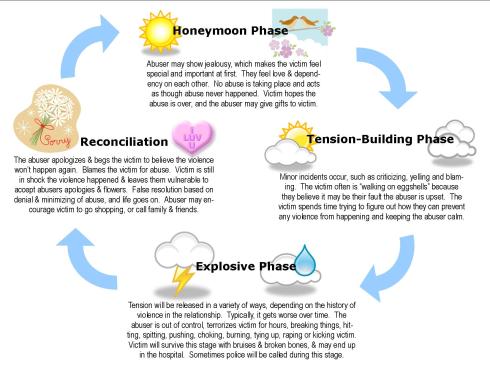

You must be logged in to post a comment.